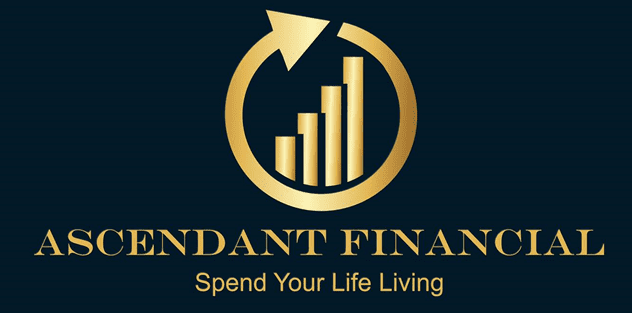Capital Planning In Corporation
What This Covers
An advanced overview of corporate tax planning, the impact of investment income on corporate tax rates, and how to strategically redeploy profits using the Infinite Banking Concept to protect generational wealth. This session is both technical and deeply personal, ending with a powerful story about legacy, sacrifice, and financial preparedness.
Why Clients Use This
To understand the true cost of passive income inside a corporation
To avoid falling into higher tax brackets unknowingly
To build systems that reduce tax liability and preserve capital for future generations
To integrate Infinite Banking as a more efficient way to redeploy retained earnings
Key Insights by Timestamp
(00:51)
Most entrepreneurs overlook corporate tax planning. Many follow “default” paths that favor the CRA and banks.
(02:05)
“The type of income determines how you’re taxed.” This applies to both personal and corporate taxation.
(06:52)
Top reasons to incorporate: tax deferral, income division, expense deductibility, liability protection, and wealth transfer.
(08:54)
Corporations attract two tax types:
Part I tax: active business income
Part IV tax : investment income (dividends, interest, rent, etc.)
(10:50)
Be cautious: CRA restricts Personal Service Businesses (PSBs) to prevent tax advantages of being an “incorporated employee.”
(12:38)
Specified Investment Businesses (SIBs) earn income from property and face a 50% tax rate. Capital gains get slight relief, but still taxed heavily.
(15:17)
Breakdown of federal and provincial tax rates (Ontario example):
Active income under $500K → 12.2%
Active income over $500K → 26.5%
Investment income → 50.2%
(20:22)
Second-generation income (reinvested profits) often gets taxed at higher rates if not properly structured.
(21:40)
Earning too much passive income (> $50K) can cause your active business income to be taxed at 31.2% instead of 12.2%.
(23:54)
Case Study:
Same $300K in business income leads to $143K in taxes when paired with $100K of passive income, more than if you had earned nothing extra.
(25:46)
Most default strategies (savings, investments, withdrawals) increase taxes.
Instead, redeploy profit into your IBC system to maintain control and reduce exposure.
(29:15)
Use policy loans to finance operations, repay debt, and eliminate dependence on third-party banks.
(31:33)
Post-2015 tax rules tightened income-splitting strategies. Flexibility remains, but complexity and cost are higher.
(36:23)
Unplanned capital in a corporation creates a tax time bomb at death; up to 74% loss in value due to deemed disposition.
(37:51)
Three ways capital exits a corporation:
Gradual withdrawal
Ownership transfer (generational or sale)
Death (deemed disposition = highest tax risk)
(41:54)
Have yearly reviews with professionals. Your system must grow alongside your business and life circumstances.
(44:14)
Life insurance inside a corporation can allow tax-free capital flow to your beneficiaries, unlike dividends or salary.
(45:18)
Without planning, 74% of your corporate wealth may go to the CRA. With proper structures, it can be as low as 12%.
Final Message: Legacy & Perspective
Henry shares a moving story about his father’s sacrifices and the financial burden of illness. The key takeaway: wealth is not just for today, it’s for the generations that follow. Planning ahead isn’t just smart, it’s a duty.
